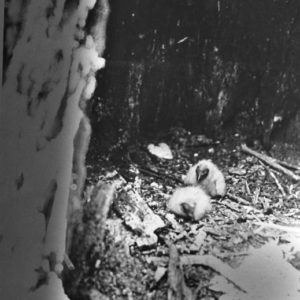 Baby Buzzards
Baby Buzzards
Entry Category: Science and Medicine - Starting with B
 Baby Buzzards
Baby Buzzards
Bachman, Joseph
Bachman’s Warbler
aka: Vermivora bachmanii
 Bachman's Warbler
Bachman's Warbler
Baerg, William J.
Bailey, Marian Breland
Baker, Norman
Baker, Oliver Keith
 Baltimore Checkerspot
Baltimore Checkerspot
Banded Pygmy Sunfish
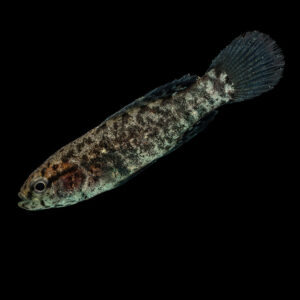 Banded Pygmy Sunfish
Banded Pygmy Sunfish
Baptist Health
 Baptist Health College
Baptist Health College
 Baptist Health College
Baptist Health College
Baptist Health College Little Rock
Baptist Health v. Murphy
Baptist Health-Fort Smith
Baring Cross Bridge
 Baring Cross Bridge
Baring Cross Bridge
 Baring Cross Bridge
Baring Cross Bridge
 Baring Cross Bridge
Baring Cross Bridge
Barton, Loy
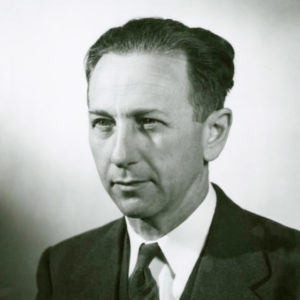 Loy Barton
Loy Barton
Bates, Joseph
 Batrachochytrium salamandrivorans
Batrachochytrium salamandrivorans
Bats
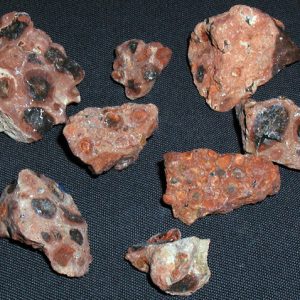 Bauxite, Official State Rock
Bauxite, Official State Rock
Beall, Ruth Olive
Beaver Dam and Lake
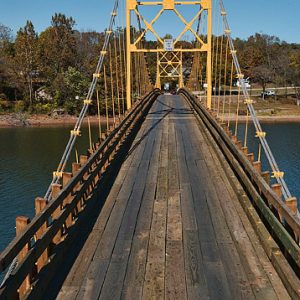 Beaver Bridge
Beaver Bridge
 Beaver Dam and Lake
Beaver Dam and Lake
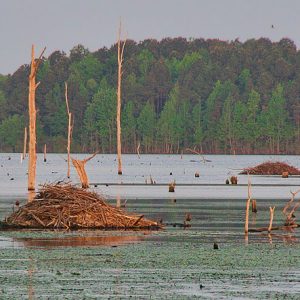 Beaver Lodges at Columbia Lake
Beaver Lodges at Columbia Lake
 Bedbugs
Bedbugs
 Beetles
Beetles
Bentley, Edwin
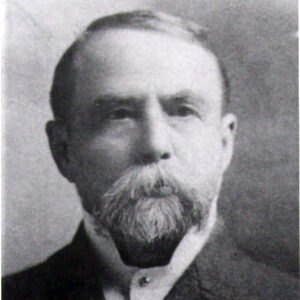 Edwin Bentley
Edwin Bentley
Berry, Daisilee Hutchins
Berry, Danielle Bunten
aka: Daniel Bunten
Big Arkie
Birds
Birdwatching
aka: Birding
Birth Control Movement
aka: Family Planning Movement
Black Bears
aka: Ursus americanus
 Black Diamond Drug Company
Black Diamond Drug Company
 Black River Bridge
Black River Bridge
Blakely Mountain Dam
aka: Blakely Dam
aka: Lake Ouachita
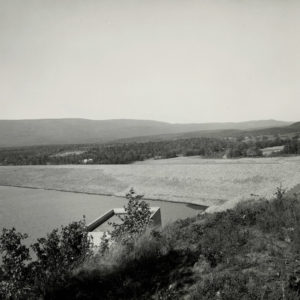 Blue Mountain Dam
Blue Mountain Dam
Blue Mountain Dam and Lake
Bobby Hopper Tunnel
 Bobby Hopper Tunnel
Bobby Hopper Tunnel




